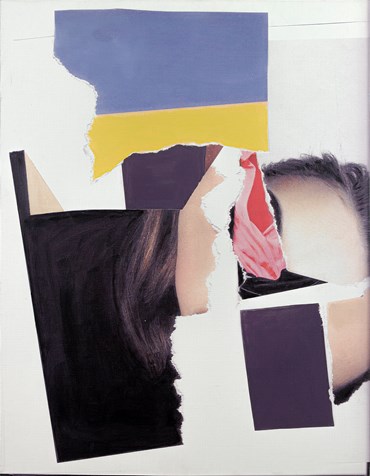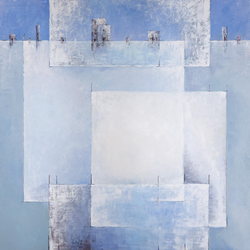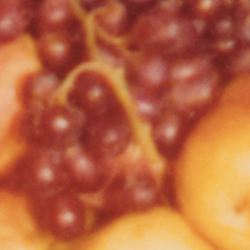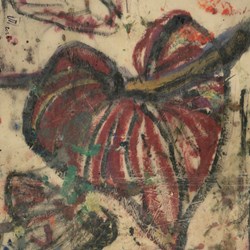9 Jun - 26 Jun, 2023
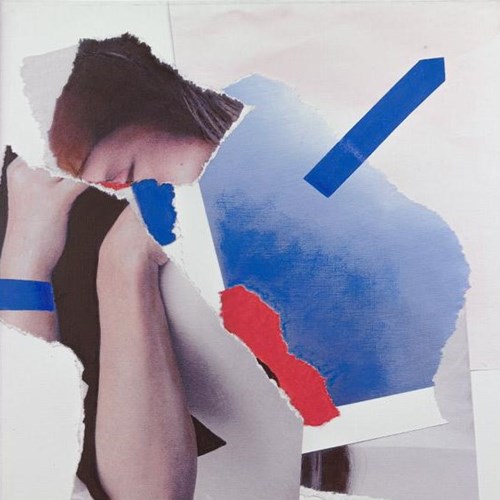
Poetics and Politics of Collage in Kamran Diba’s Artistic Practice
Helia Darabi
Kamran Diba's latest painting series incorporates elements of collage. The emergence of collage in early Modern art, which triggered the formation of various styles in painting and sculpture, was not a mere technical invention but a philosophical attitude that provided the artists with a potent and enduring visual device. Marking a turning point in the history of image-making, it gave way to a novel visual language that rebelled against conventional modes of representation in favor of infinite possibilities of imaginative play.///
In the present series, Diba has sensibly arranged cut-out pieces from magazine photos to create new visual compositions. These compositions are then printed on canvas and painted over. Through this process of deconstructing and reconstructing visual elements, Diba juxtaposes and layers disparate elements, transcending the original meaning of the individual components. As a result, his artwork evokes connotations and interpretations, whether intended by the artist or not. Here collage serves as a creative pretext.
This is what Diba also prefers in his architectural practice: “I like to incorporate the pre-existing elements found on a site, such as trees or rocks. A plain site does not hold my interest”.
Collage, as a visual device, has consistently played a significant role in Diba's artistic endeavors. An early series, “The Windows” (the early 1960s), features assemblages composed of everyday objects and unconventional materials, and a combination of collage and painting. “Prodigal Waterman” (1967) and “Women Wearing Shoes” (1976) were among the pioneering examples of multimedia art exhibitions in Iran. The collage-like, fragmented aesthetic is also evident in his series “Global Newspaper” which was showcased at Aaran Gallery in 2014. The recent series, titled “Body Parts,” incorporates cut-outs of advertisements from weekend magazines, primarily featuring moving parts of the body, such as hands and legs.
Fragmented aesthetics reflect the inconsistent and fragmented nature of lived experiences and the complexities of contemporary existence, which are extended onto the postmodern canvas. The paradoxical visual structure challenges the notion of reality as a singular, unified entity, highlighting instead the multiplicity of perspectives. This resonates with the artist's own fragmented life, having lived and worked in multiple cities across different continents, and having been exposed to various artistic movements, ranging from Saqqakhaneh in Tehran to Abstract Expressionism in New York, Nouveaux Réalisme in Europe, and Pop and Conceptual Art in the US.
The interplay of abstraction and figuration animates the compositions. This dynamism is evident through the suspension and rotation of visual elements, the fragmentation of pictorial space, and the receding and advancing planes which contribute to the creation of a sense of depth. The layers shift and transiently connect with reality. The illusion of gaps and multiple perspectives are generated through the choice and arrangement of the cut-outs. While abstraction is dominant, photographic representations constantly allude to reality, often misleading viewers in terms of depth and direction. Additionally, the artist employs a subtle yet effective use of painterly elements, achieved through restrained handling of paint. To differentiate between the painted portions and the collages, viewers are required to shift their perspective and move back and forth. By tearing the photos strategically, the artist unveils rough edges, occasionally accentuating them with white paint to emphasize the creative process. These intentional cracks, in turn, play a significant role in the composition. Diba's dedication to Modern art historical movements undoubtedly contributes to his artistic strategies. He possesses a profound understanding of Modernist forms and their evolution, acquired through six decades of immersion in visual art and consistent attendance at art exhibitions and events. His continuous practice of painting over these decades is evident in the seamless and fluid manner in which he handles the medium. By recontextualizing photo cut-outs, Diba creates narratives that are imbued with ambiguity, where wandering elements constantly generate multiple meanings.
The familiar becomes unfamiliar, as elusive body parts beckon us to decipher and complete the image, yet the process remains unfinished, relying on the viewer's experiences and associations. However, within this new form of narrative, characterized by breakdown and deconstruction, the fragmented female bodies, the black strips obscuring their eyes, and the disheveled hair scattered throughout the scene, take on additional connotations in the present context of revolting Iran.
Curator:







